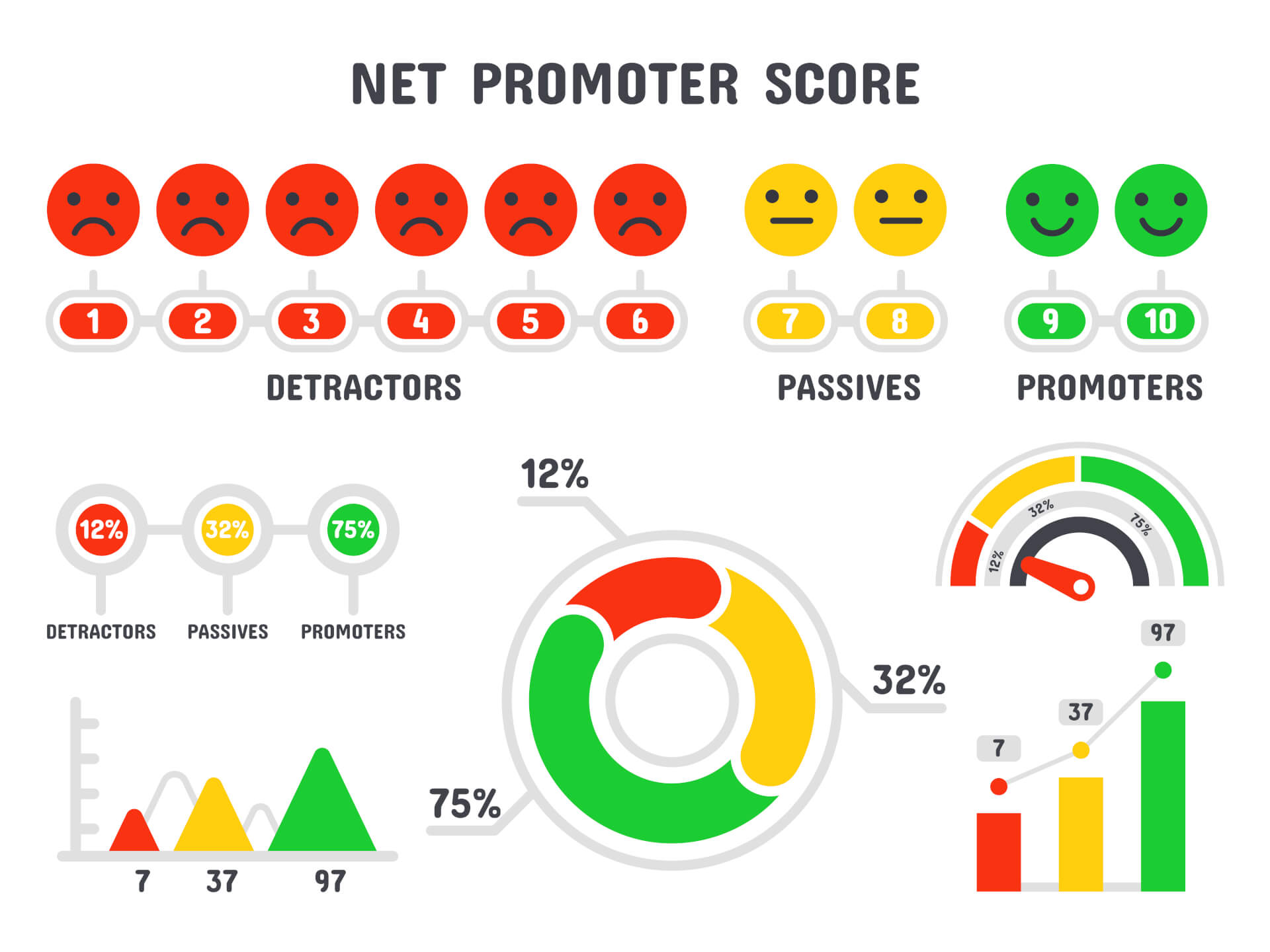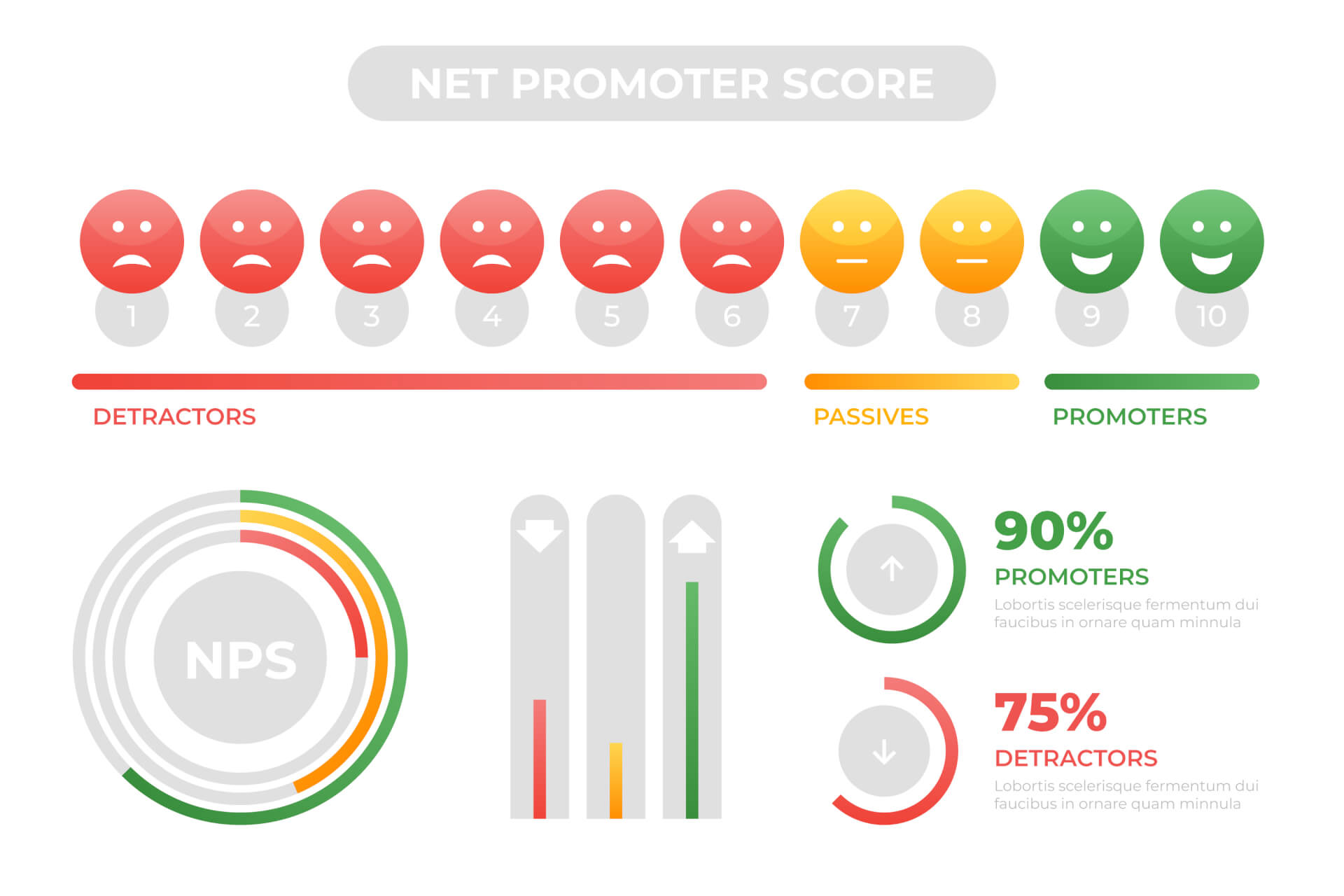The Net Promoter Score (NPS) has been a popular metric used by companies to measure customer loyalty and satisfaction. As we look towards the future, there are several predictions on how the NPS will evolve and shape the way businesses interact with their customers.
In this article, we will explore seven predictions on the future of the NPS.

1. Personalization Will Be Key
One of the predictions for the future of the NPS is the increased focus on personalization. Companies will need to tailor their NPS surveys and follow-up actions to each individual customer in order to truly understand their needs and preferences.
This will require advanced analytics and AI technology to segment customers and deliver personalized experiences.
2. Real-time Feedback Will Become the Norm
Another prediction is that real-time feedback will become the norm in NPS measurement. Companies will need to gather feedback from customers in real-time and respond promptly to any issues or concerns.
This will require the use of technology to automate the feedback collection process and provide instant insights to drive improvements.

3. Integration with Customer Experience Platforms
In the future, the NPS is predicted to be more integrated with customer experience platforms. Companies will need to combine NPS data with other customer data sources to gain a holistic view of the customer journey.
This integration will enable companies to identify trends, patterns, and opportunities for improvement across all touchpoints.
4. Emphasis on Employee Engagement
Employee engagement will play a crucial role in the future of the NPS. Companies will need to focus on creating a positive work environment to ensure that employees are motivated to deliver exceptional customer experiences. Happy and engaged employees are more likely to drive customer loyalty and advocacy, ultimately impacting the NPS score.

5. Expansion of NPS Beyond Customer Feedback
The NPS is expected to expand beyond just measuring customer feedback. Companies will use the NPS as a strategic tool to drive business growth, improve brand reputation, and foster customer loyalty.
The NPS will be integrated into all aspects of the business, from marketing and sales to product development and customer service.
6. Collaboration with Industry Benchmarks
In the future, the NPS is predicted to collaborate more with industry benchmarks to provide context and comparison for companies. Benchmarking NPS scores against competitors and industry standards will help companies understand where they stand and identify areas for improvement.
This collaboration will drive healthy competition and push companies to strive for excellence.

7. Evolution of NPS Metrics
Lastly, the future of the NPS will see the evolution of NPS metrics to include new indicators of customer loyalty and satisfaction. Companies will need to look beyond just the traditional NPS score and consider additional metrics such as customer effort score, customer lifetime value, and sentiment analysis.
This comprehensive approach will provide a more accurate and nuanced understanding of customer relationships.
Conclusion
As we look ahead to the future of the NPS, it is clear that this metric will continue to play a significant role in shaping customer experiences and driving business success. By embracing personalization, real-time feedback, employee engagement, and collaboration with industry benchmarks, companies can leverage the power of the NPS to build strong customer relationships and achieve sustainable growth.

Reading recommendation: If this article helped you and you would like to find out more about the Net Promoter Score, continue reading here: “The Net Promoter Score – Basics and Areas of Application”
FAQs
What is the Net Promoter Score (NPS)?
The Net Promoter Score (NPS) is a metric used by companies to measure customer loyalty and satisfaction. It is based on the simple question: "How likely are you to recommend our company/product/service to a friend or colleague?" Customers are then categorized as promoters, passives, or detractors based on their responses.
How is the NPS calculated?
The NPS is calculated by subtracting the percentage of detractors from the percentage of promoters. The resulting score can range from -100 to +100, with higher scores indicating higher levels of customer loyalty and satisfaction.
Why is the NPS important for businesses?
The NPS is important for businesses because it provides a clear and actionable measure of customer loyalty. By tracking NPS scores over time, companies can identify trends, measure the impact of their actions on customer satisfaction, and make informed decisions to improve the customer experience.
How can companies improve their NPS scores?
Companies can improve their NPS scores by focusing on delivering exceptional customer experiences, listening to customer feedback, addressing any issues or concerns promptly, and engaging employees to create a positive work culture.
By prioritizing customer satisfaction, companies can drive loyalty and advocacy among their customers.
What are some common challenges in implementing the NPS?
Some common challenges in implementing the NPS include getting buy-in from senior leadership, ensuring accurate and reliable data collection, interpreting NPS scores in context, and taking meaningful actions based on feedback. Overcoming these challenges requires a strategic and holistic approach to customer experience management.